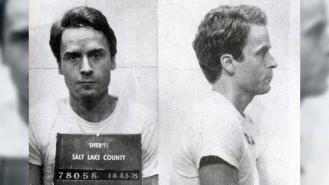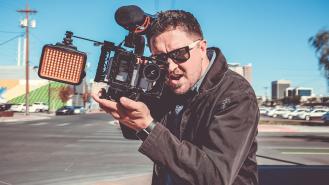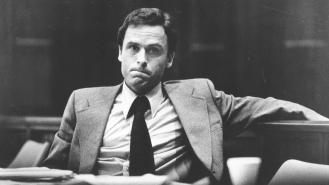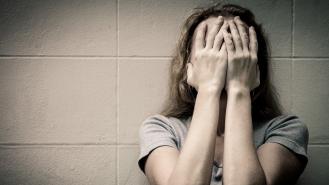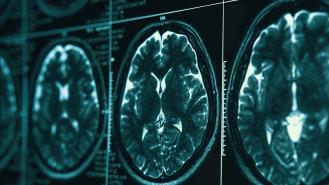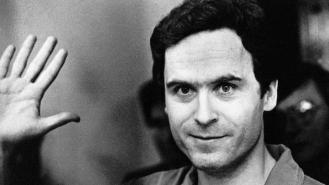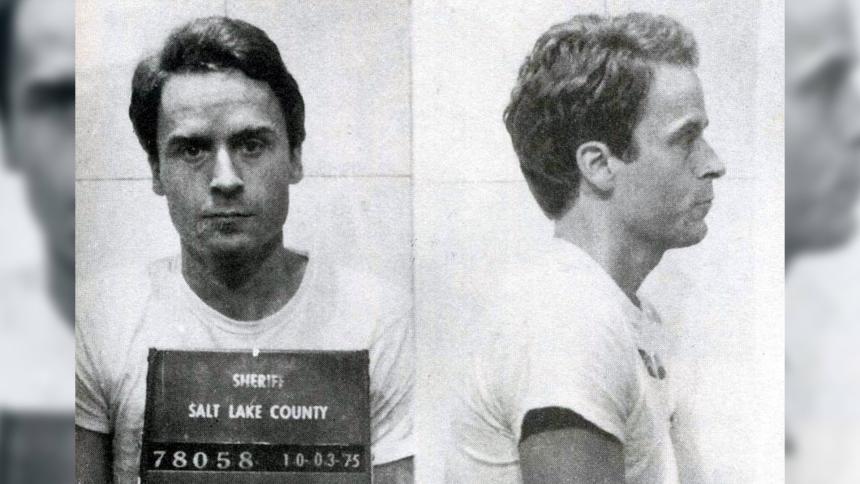
The killer who defended himself: The unique and very public trial of Ted Bundy
Throughout the 1970s, infamous serial killer Ted Bundy terrorised women throughout the United States. Before his execution in 1989, he confessed to 23 murders coast to coast, but it’s speculated that he killed many, many more. While Bundy’s true victim count could be well into the hundreds, he was only convicted of three of those murders.
It was a chilly winter morning on 15th January 1978, when a man crept into the Chi Omega sorority house at Florida State University. Inside, he launched a frenzied attack on four of the sleeping college students. One was raped. Two were killed. Nearby, another woman was beaten within an inch of her life in an apartment.
Less than a month later, on 9th February, 12-year-old Kimberly Dianne Leach vanished from her high school in Lake City. Her body wasn’t found until seven weeks later, hidden inside a hog shed in woodland.
At around 1am on 15th February, Pensacola patrolman David Lee was making routine stolen car checks when he stopped a man in a Volkswagen that had been reported as stolen in Tallahassee that month. The man in the car was Ted Bundy (Spokane Chronicle, 17 February, 1978 – ‘Bundy Closely Guarded’).
Bundy had escaped from the Garfield County Jail in Colorado on New Year’s Eve 1977 after being convicted of kidnapping in Utah and charged with murder in Colorado. He had managed to escape by crawling through a hole in the roof of his jail cell where the light fixture had been. It was his second escape from custody in just six months (Fort Collins Coloradoan, 1 January, 1978 – ‘Bundy Escapes; Crawls Through Roof of His Cell’).
Bundy resisted arrest and a scuffle ensued between Bundy and patrolman Lee, who resorted to firing two warning shots and then arresting Bundy. “I wish you would have killed me,” he muttered to the patrolman (News-Press, 12 January, 1979 – ‘Bundy’s Arresting Officer Fired’).
Bundy was charged with the murder of the two sorority sisters, Lisa Levy and Margaret Bowman, as well as the murder of 12-year-old Kimberly Dianne Leach. He stood trial for all three of the murders.
The first trial began in June 1979; Bundy was standing trial for the murders of Lisa Levy and Margaret Bowman, as well as the attempted murders of Kathy Kleiner and Karen Chandler. It was presided over by Dade County Circuit Judge Edward Cowart, who had been described as “one of the fairest judges around” (Tallahassee Democrat, 5 January, 1979 – ‘Miami Judge Named to Handle Bundy Trial’).
Bundy served as his own defence attorney with the assistance of several public defenders, including Margaret Good, who had been hand-picked by Bundy. The trial was televised, and it eventually moved from Tallahassee to Miami due to the intense media coverage.
Testimony was heard from various eyewitnesses who placed Bundy in the vicinity of the Chi Omega sorority house in the hours leading up to the murders.
“This person was scanning all the girls,” said Barbara Connie Hastings. She had been in the nightclub, Sherrod’s, which was next door to the sorority house. “He caught my eye several times. It was a stare that kind of bothered me… I turned away.” She had picked Bundy out of a seven-man line-up in June 1978 as the man she had seen in the club that night (The Orlando Sentinel, 17 July, 1979 – ‘2 Witnesses Place Bundy at Nightclub Near Death House’).
Carla Black had also seen Bundy in Sherrod’s that same night and had a similar story to tell. “He was staring at me… about 20 minutes,” she said. “He made me very uncomfortable.” She identified Bundy as the man in the nightclub and much like Hastings, picked him out of an earlier line-up.
Crucial testimony then came from Nita Neary. She took to the witness stand and told the jury that she had just entered the back door of the sorority house when she heard a loud thump. She then heard hurried steps upstairs and then saw a slender man carrying an oak log make a swift exit from the sorority house (Tallahassee Democrat, 5 August, 1979 – ‘Bundy’). She identified the man as Bundy (The Miami News, 18 July, 1979 – ‘5 Witnesses Place Bundy Near Scene of Murders’).
The prosecution relied very heavily on forensic odontology. Lisa Levy, one of the victims at the Chi Omega sorority, had been bitten on the right breast and the buttocks. The bitten tissue was removed by pathologist Thomas Wood and then Dr. Richard Souviron made 13 colour slides of the bite marks and cast stone impressions.
Prosecutors had received a search warrant that required Bundy to have dental impressions taken with which Dr. Souviron made wax and stone impressions and then took 10 colour photographs (Pensacola News Journal, 15 July, 1979 – ‘Crucial “Bite-Mark” Evidence Roots go Back to Revere’).
Dr. Souviron told the courtroom during his testimony that when he inspected the evidence, he found that there were 15 matching points between Bundy’s teeth and the bite marks on Levy’s body. He insisted that the marks were made by Bundy’s “unique” teeth, telling the jury: “Within a reasonable degree of certainty, the teeth shown in the photo, identified as Bundy’s, made the bitemarks shown in the photo of the body identified as that of Lisa Levy” (Fort Lauderdale News, 19 July, 1979 – ‘Bite Marks Shown at Bundy’s Trial With Photo Method Used in JFK Probe’).
It was the first time in Florida that bite mark evidence was admitted during a trial; it had been used in five other states by this point and in federal court (The Miami News, 24 May, 1979 – ‘Judge to Admit Bite-Mark Evidence at Double-Murder Trial of Bundy’).
Bite mark evidence was generally accepted in the forensic profession but many experts didn’t agree it was accurate. Today, bite mark evidence had been widely discredited and is rarely used during trials.
The jury consisting of seven men and five women was sent off to deliberate. They returned with a verdict just under seven hours later. They found Ted Bundy guilty on all counts, including the two first-degree murder charges.
After being convicted of the two murders, Bundy smiled towards those in the courtroom, winked at his mother, waved and then walked out of the courtroom with a stride of confidence (Longview Daily News, 25 July, 1979 – ‘Bundy Maintains a Confidence Pose Despite Conviction’). Outside of court, his two surviving victims, Kathy Kleiner and Karen Chandler spoke with the media. “I’m just thankful it’s over,” said Kleiner. “Justice has won now. I feel relieved” (The Montreal Star, 25 July, 1979 – ‘Bundy Found Guilty of Murder').
The following year, Bundy stood trial for the abduction and murder of 12-year-old Kimberly Dianne Leach. The heart of the prosecution’s case was a collection of fibres that linked him to the murder combined with eyewitness testimony who saw Bundy pulling Leach into his van (The News Tribune, 7 February, 1980 – ‘Florida Jury Finds Bundy Guilty in Kidnapping Murder’). Once again, Bundy was found guilty.
During the sentencing phase, there was an unexpected courtroom exchange when Bundy proposed to his girlfriend, Carole Boone. “I want to make this very clear. Will you marry me?” he asked, to which Boone said: “Yes” (The South Bend Tribune, 10 February, 1980 – ‘Jury Recommends Death Sentence for Bundy’). He had taken advantage of a Florida law that states that a marriage declaration in the presence of a judge is considered a legal marriage. He had earlier requested to be married but it was denied by authorities.
Ted Bundy received the death sentence for all three “shockingly evil” murders on 24th January 1989. That sentence was carried out in Florida’s electric chair. As the execution was carried out, a group gathered outside Florida State Prison to cheer. One carried a sign which read: “Chi-O, Chi-O, it’s off to Hell I go” (The Bradenton Herald, 25 January, 1989 – ‘Scene Outside Prison Wall Reflects Killer’s Legacy’).
At 7:06am, one of the nation’s most notorious serial killers was pronounced dead.
